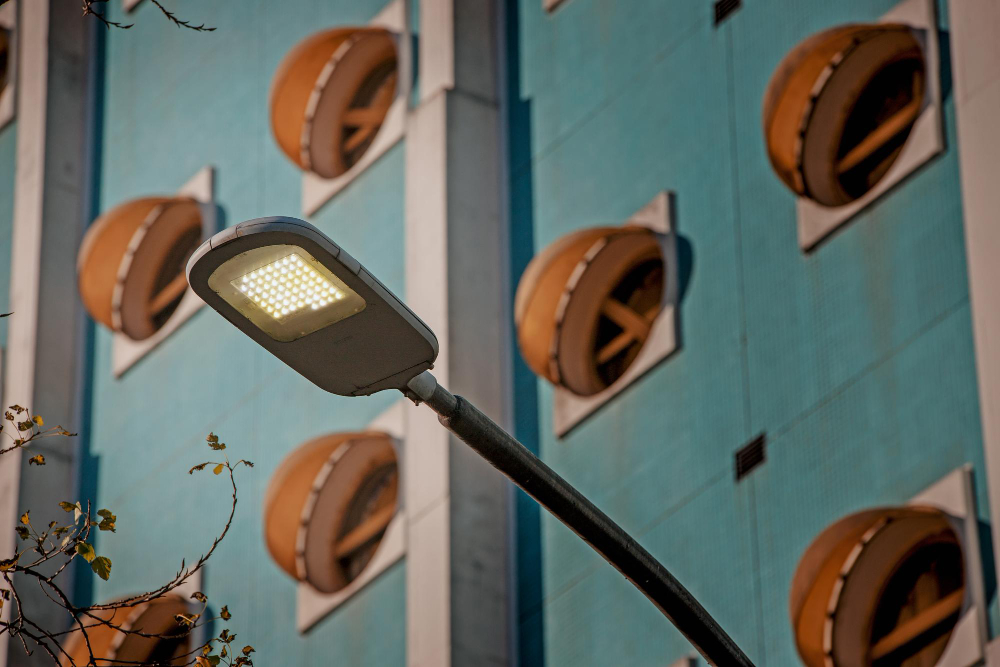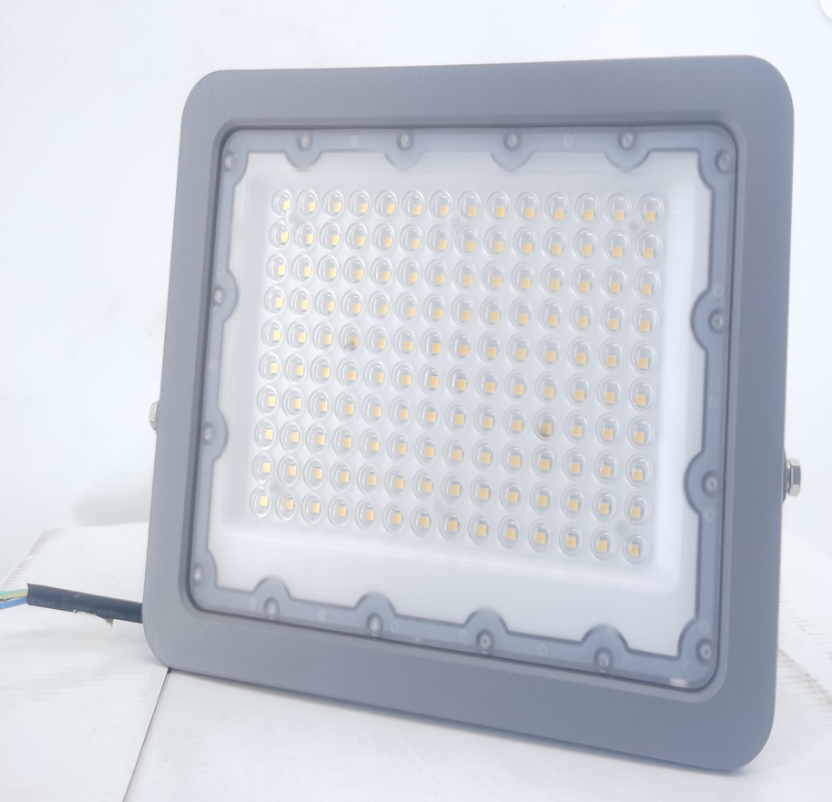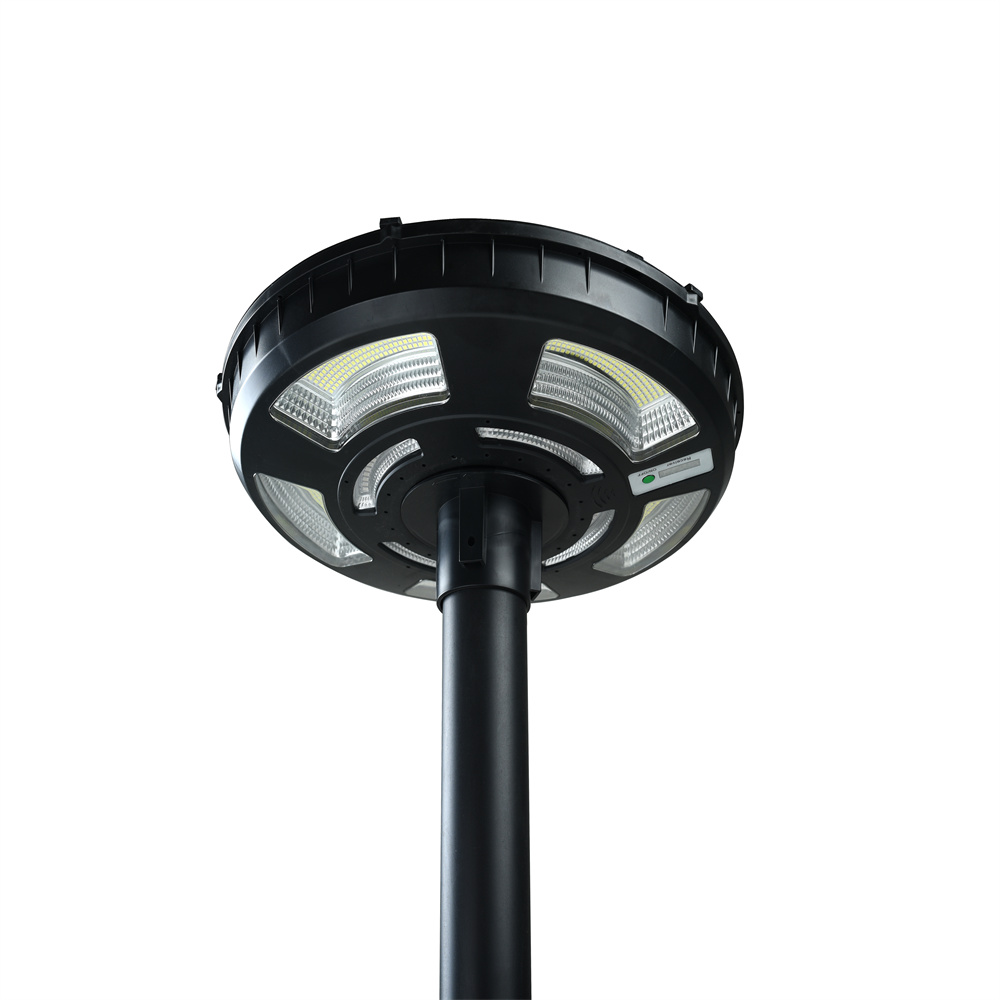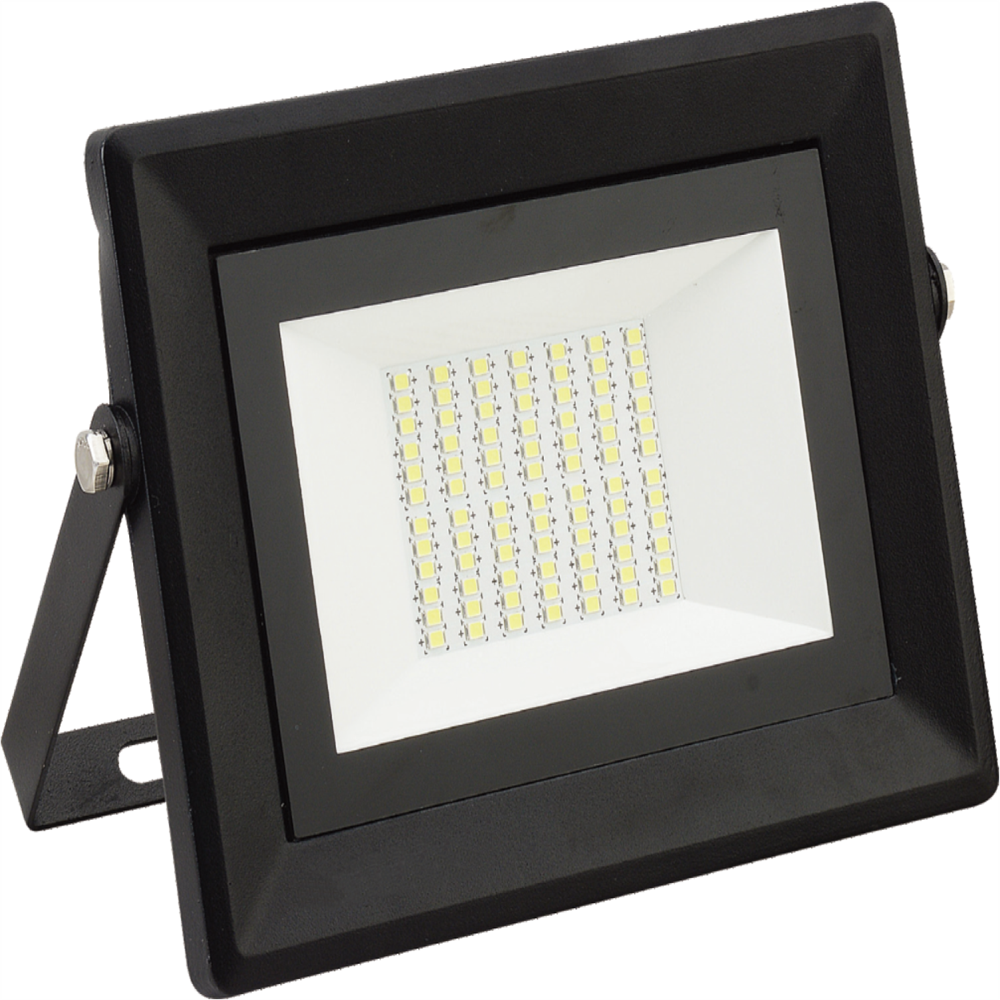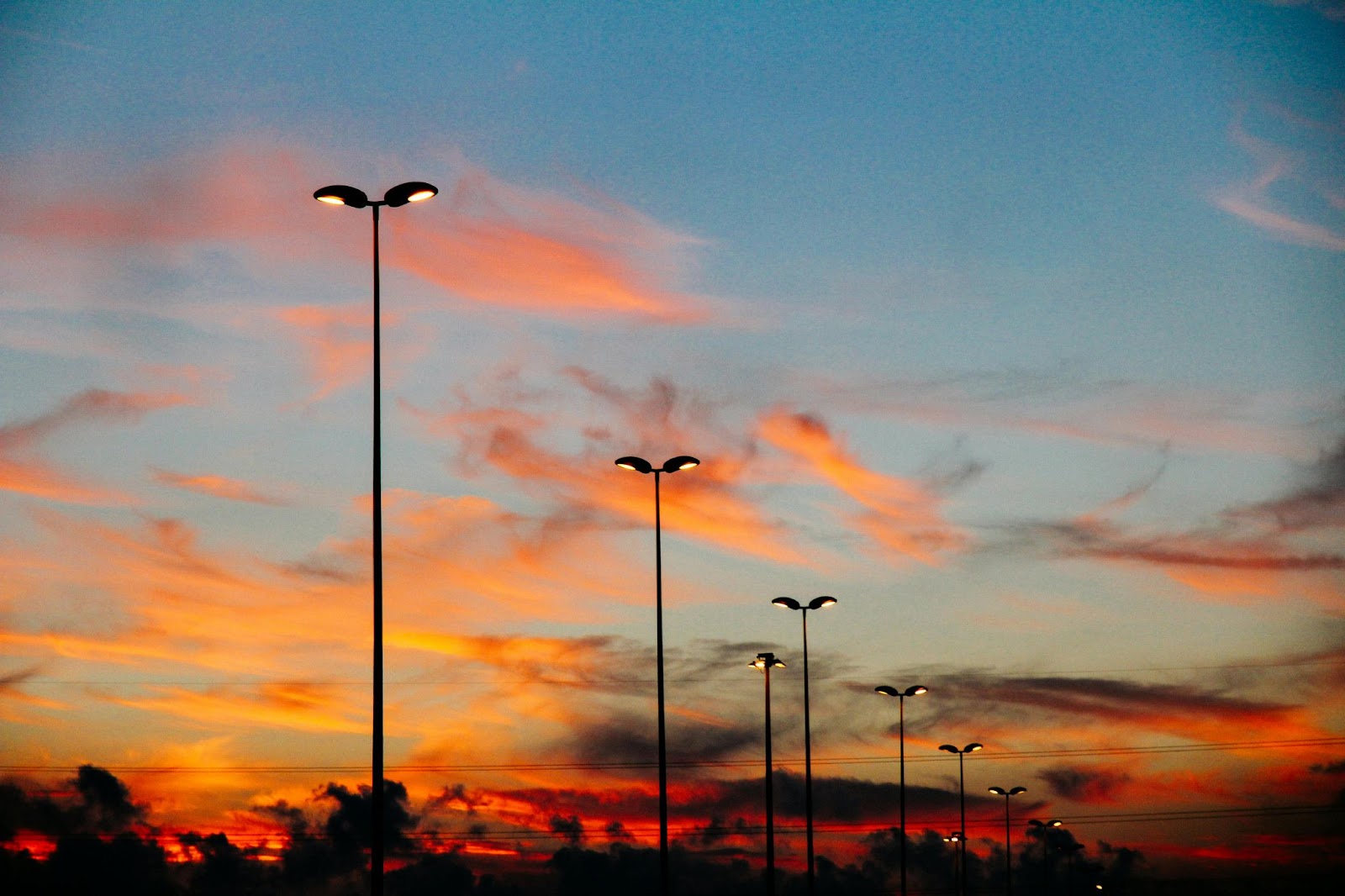Discover the key factors to consider before investing in LED High Bay Lights. Make the right choice for your high-ceiling space with expert advice from ‘RRR Lighting.’
LED High Bay Lights, produced by LED High Bay Light Manufacturers, are specialized lighting fixtures designed for large spaces with high ceilings, typically between 20 to 40 feet in height. These lights have become increasingly popular due to their cost-efficiency and environmentally friendly features. Despite the advantages they offer, some business owners may wonder if LEDs can effectively replace traditional lighting products they’ve been using for many years. The answer is yes!
LED lamps have emerged as the most versatile lighting solutions available in the market today. Whether you need panel lights for your office or floodlights for a large stadium, LED High Bay Lights from reputable LED High Bay Light Manufacturers can cater to all your lighting needs.
In particular, large spaces with high ceilings, such as manufacturing warehouses, gyms, and expansive recreational facilities, present unique challenges when it comes to lighting. To ensure optimal visibility in such environments, high-power lighting solutions like LED High Bay Lights are essential.
7 Factors to Consider Before Investing in High Bay LED Lights
Just like other LED lights, LED High Bay Lights come in various options designed to meet different needs in commercial or industrial settings. To simplify your selection process, consider the following factors:
- Assess the Layout: Begin by analyzing your facility’s layout to determine the appropriate LED High Bay Light. Different spaces require different lighting levels. For instance, a 30-foot-candle LED high bay may suffice for a storage room, while a warehouse may require a 50-foot-candle LED high bay, and retail stores might need around 80-foot candles for product visibility.
- Wattage and Lumens: Decide on the required wattage and lumens based on your facility’s size and height. For heights between 10-15 feet, aim for 10,000 – 15,000 lumens; 15-25 feet, 16,000 – 25,000 lumens; and 30-35 feet, 36,000 lumens or more.
- Determine the Number of Lights: Pre-plan your layout and lumens to determine how many lights are needed. Many reputable brands offer free photometric layouts to assist in this, avoiding unnecessary fixture installations.
- High Bay Light Type: LED High Bay Lights come in various designs, mainly divided into UFO (circular) and linear (long) types. Linear high bays offer excellent light distribution, while UFO high bays are suitable for large warehouses. Your choice depends on ceiling height and project type.
- Manage Voltage: LED High Bay Lights can often adapt to input voltage automatically, but they are available in different voltage ranges like 100-277 volts, 277-480 volts, and 347-480 volts.
- Choose Color Temperature: Consider the Kelvin scale when choosing color temperature. Higher Kelvin values result in warmer, yellow light, while lower values provide cooler, bluish light. Opt for a suitable color temperature for your environment.
- Consider CRI: The Color Rendering Index (CRI) indicates a light’s ability to display accurate colors. Choose a CRI level that matches your specific needs, with 70+ CRI suitable for most industrial setups and higher CRI for applications where color accuracy is critical.
For a wide range of high-quality LED High Bay Lights and expert guidance on selecting the perfect lighting solutions, we recommend you switch to LED High Bay Lights from ‘RRR Lighting’.
Visit our website or reach out to our experts for personalized recommendations.





